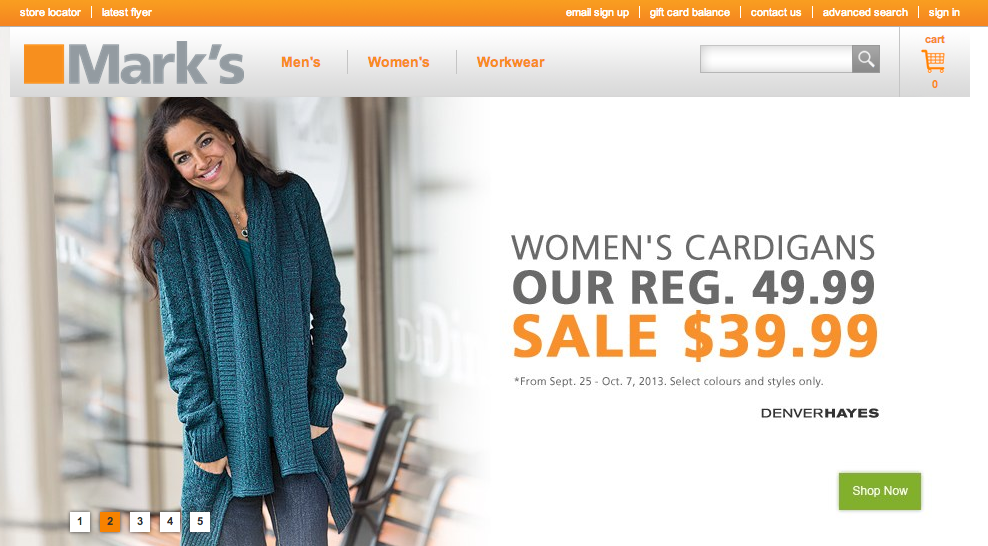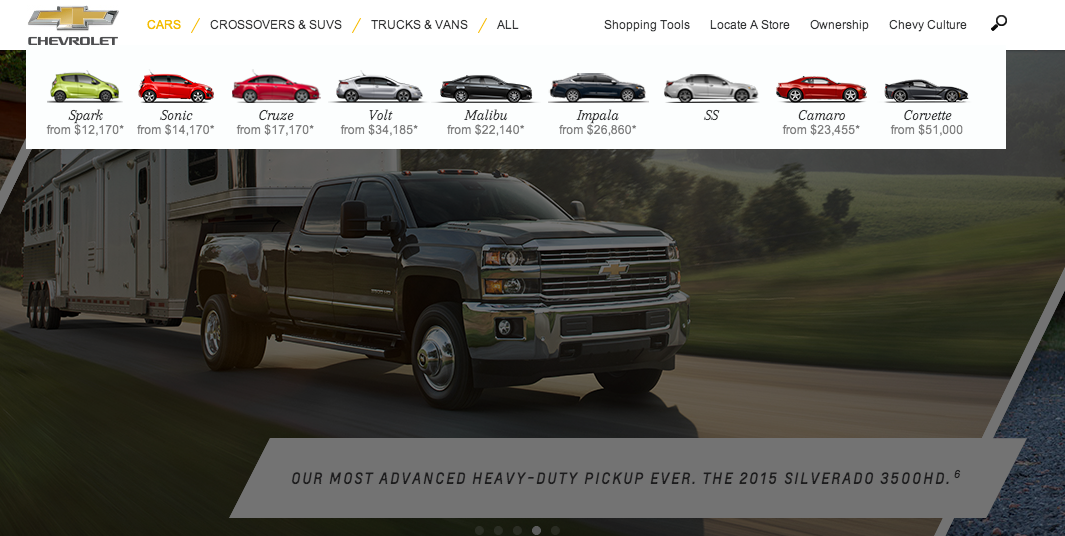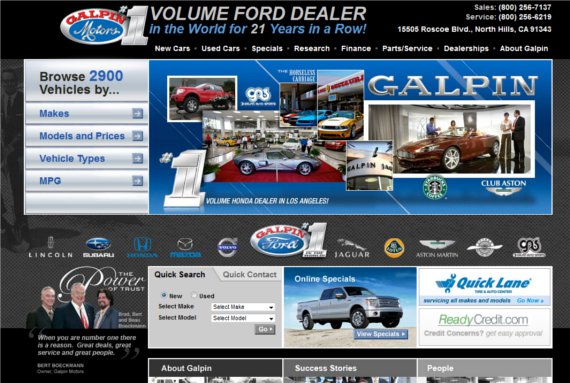Have you ever caught yourself reading long bits of text only to be distracted by a random thought?
If you have you’re not alone.
A Harvard study found that people daydream about 47% of the time.
As you know, it’s difficult to hold one’s attention even if they are interested in something. This is a challenge for brands especially in the online world.
People have an enormous amount of options to occupy their attention online. There are videos, articles and a variety of other content, all competing for attention. If something doesn’t capture a person’s attention for longer than a few seconds they will move on to the next viable option.
The Psychology of Progressive Disclosure
One reason people lose interest so easily is that they are presented with too much information.
Clutter, confusion and too much information in general put strain on our brains. As a result, we’re likely to lose focus and move on to something less stressful.
This occurs on many websites today as visitors quickly lose interest in the content on web pages only to leave almost as quickly as they arrived. This is a bounce — and poor bounce rates are bad for business.
One answer to the problem is progressive disclosure, which is a design methodology where a brand can sequence information to eliminate confusion and sensory overload. Website visitors are able to digest the bite-sized content and sequence through the brand’s preferred visitor path.
There are many ways to use progressive disclosure on your website.
The following are three examples of brands that successfully use progressive disclosure to help move new visitors through the sales cycle to an eventual sale.
#1 – Mark’s Wear House

We’ve written about Mark’s before. They’re a great company that understands how consumers and specifically how online consumers act and react on the Internet.
In the screenshot above you see the Mark’s homepage. The company is currently using a slider to showcase five different feature segments of their merchandise.
Instead of showcasing all five at once, the slider acts as progressive disclosure to new visitors.
#2 – Chevrolet

In the above screenshot you see the Chevrolet homepage. This image occurs once you select “Cars” from the top navigation.
The initial homepage displays the feature image, but once you select “Cars” the feature image is dimmed and the focus is moved to the thumbnail images of the current cars in the Chevrolet line.
Visitors are given an initial area to focus on when visiting the page and their focus is easily transitioned once they select the first navigation item such as cars, SUVs or trucks.
#3 – Oakley

This screenshot is from an Oakley sub-domain (moto.oakley.com).
Oakley created a modern example of progressive disclosure. Once you visit the page you see the initial image (above), but as you scroll you see changes in the content.

Scrolling is a basic example of progressive disclosure, but this is an example of how scrolling can remove focus from one piece of content to put it on something entirely different and new.
There are many other examples of progressive disclosure.
Something as simple as a hyperlink or button is an example. And you can use modern design elements to create something entirely fresh and unique like the examples above.
And if you find yourself with something like this:

Take a step back immediately, analyze and rethink your content strategy.
An effective content strategy involves good design with progressive disclosure.
It’s the best way to ease your visitors through your website.
What examples of progressive disclosure have you seen?
Share your experiences and advice in the comments.
